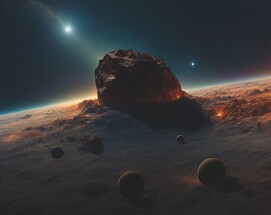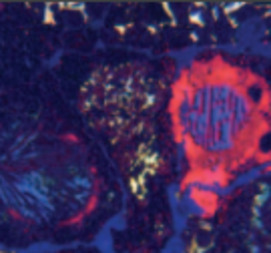Delivery of Organic Matter to the Early Earth
The inner Solar System—including the planet Earth—was heavily bombarded by comets, asteroids, and their fragments (i.e., meteorites, micrometeorites, and interplanetary dust particles) from 4.56 to about 3.5 billion years ago. This bombardment resulted in a rich assortment of organics delivered to the Earth, as comets and many asteroids contain carbonaceous material. These organic compounds were likely further processed on the early Earth (e.g., by impact-shock reactions), providing a feedstock of prebiotic molecules to the crust and oceans. In this chapter, we review the mechanisms of organic matter delivery to the primitive Earth, further reactions and processing, and the importance of exogenous material in the evolution of our planet and life.
Delivery of Organic Matter to the Early Earth Read More »



